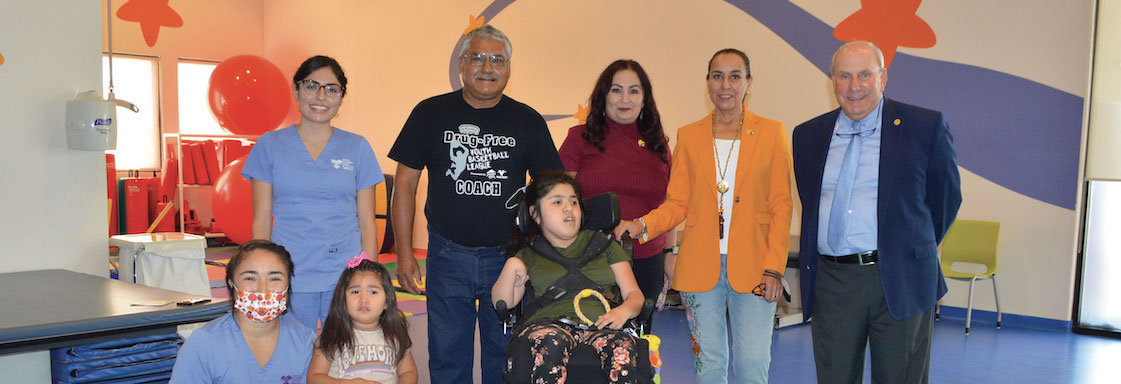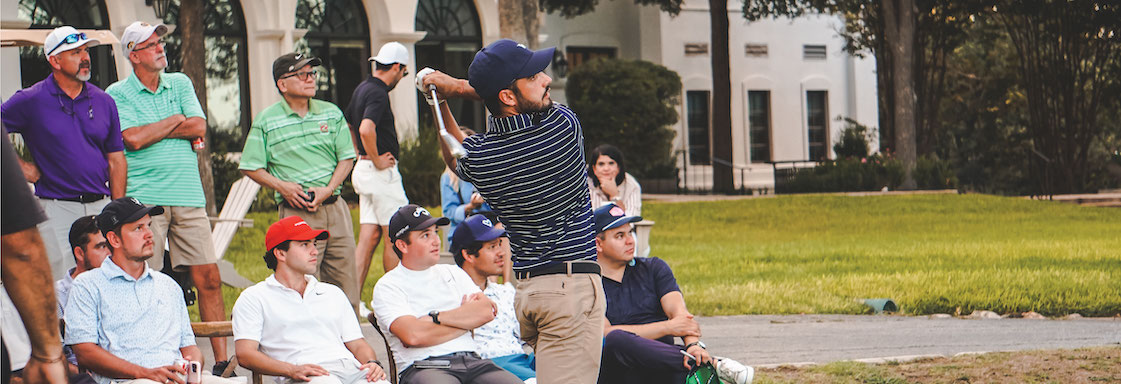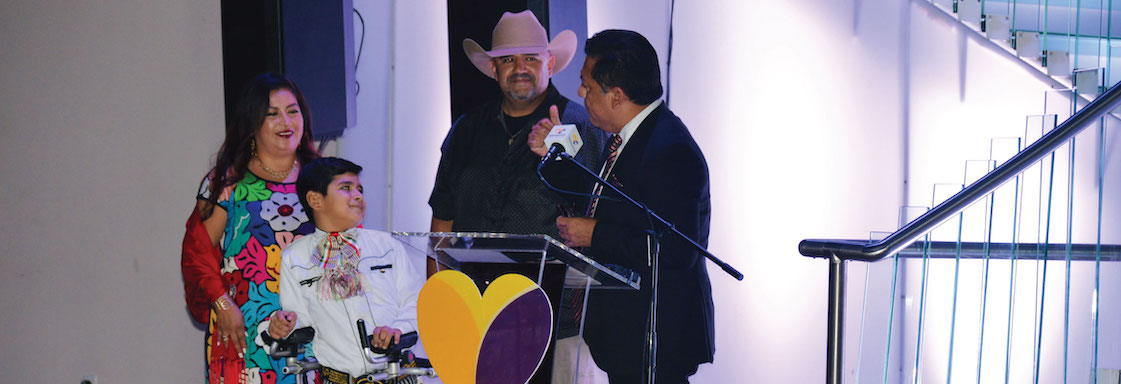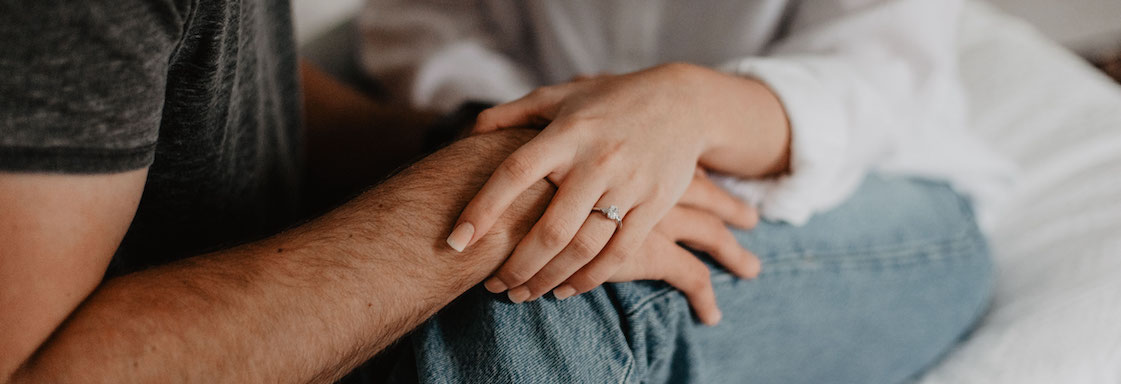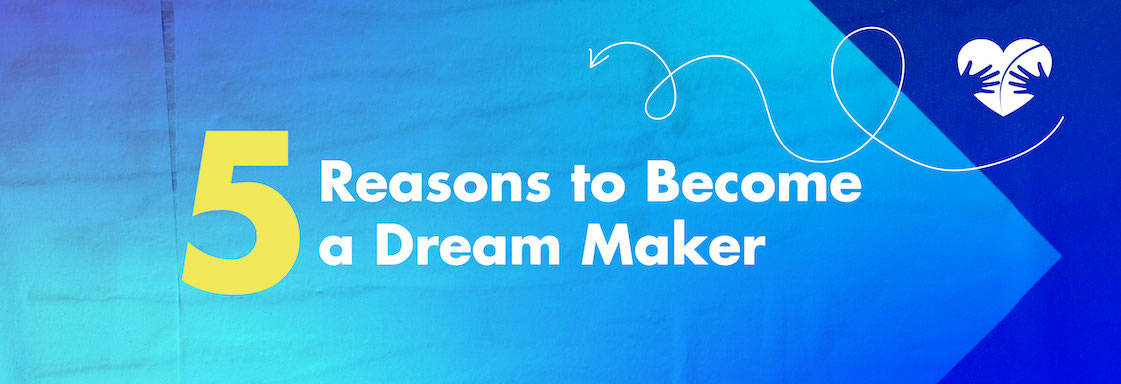On Wednesday, September 21st, the Children’s Rehabilitation Institute TeletonUSA (CRIT) was awarded a Healthy Kids, Healthy Families® (HKHF) grant by Blue Cross and Blue Shield of Texas (BCBSTX). The HKHF funding will support BCBSTX’s commitment to community-based organizations supporting children and families that focus on health and wellness.
The program will provide multiple CRIT families with access to assistance. Unfunded and underfunded patients enrolled in a treatment program receiving comprehensive and complete rehabilitative services like physical, occupational, and speech and language therapies will qualify for financial assistance.
“We are so thankful for being awarded the Healthy Kids, Healthy Families grant by Blue Cross and Blue Shield of Texas! With this support, our patient families will be able to focus on their treatment without worry or fear,” said Federica Soriano, CRIT’s Chief Executive Officer. “It is our job to provide quality care and access for our patients’ success and give them the freedom to work toward their quality of life.”
Launched in 2011, HKHF started as a three-year project designed to improve the health and wellness of at least one million children through community investments. The program was extended as BCBSTX’s ongoing commitment to the health and well-being of the children and families across Texas.
“We are happy to award these grants that will support and nurture meaningful and transformational projects across Texas,” said Alicia Cooper, Community Affairs Director-North Region. “Strategically, it is also important that we continue to aid community-based organizations directly supporting children and families with health and wellness equity as well as building foundations for economic opportunity.”
The HKHF program – which centers on nutrition, physical activity, disease prevention and management, and supporting safe environments – has awarded more than $20 million since its inception.
“At CRIT, we value every gift we receive. Collectively, these funds allow CRIT to offer an affordable, multi-disciplinary, holistic, and family-centered model of care for children with neurological, muscular, and skeletal disabilities ages zero to eighteen. Since 2014, we have served over 1,700 families, and offered 182,000+ treatments of care – and we can do so because of supporters like BCBSTX,” said Soriano.

